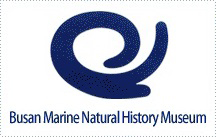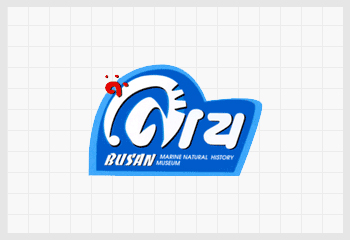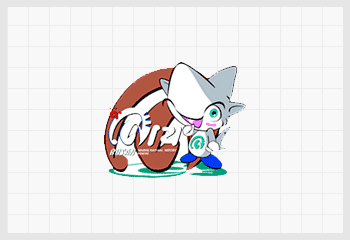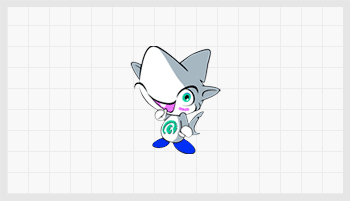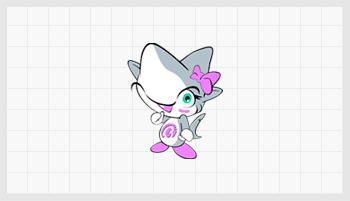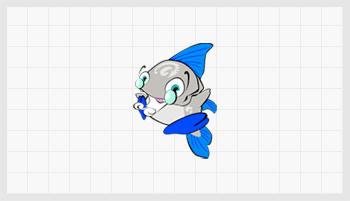About Us
1. Director's Message
Welcome to Busan Marine Natural History Museum
The ocean is regarded as the origin of life on earth. It covers 70.2% of the earth's surface and affects various aspects of human life. It is not an exaggeration to say that history of mankind is the history of repeated challenges posed by the ocean and combating them. Before the 10th century, the ocean was something to be feared and revered. In the 14th and 15th centuries, it became something to be explored and ventured into as shown in the discovery of the American continent by Christopher Columbus, the circumnavigation of the Cape of Good Hope by Vasco da Gama, and the expedition around the world by Ferdinand Magellan.
With the Industrial Revolution and the opening of the Panama Canal in the 19th century, the ocean began to serve as a platform for economic exchanges and territorial expansion. Then, since the 20th century, with U.S. President Harry Truman's Proclamation on jurisdiction over resources of the outer continental shelf, the United Nations Convention on the Law of the Sea, and the Earth Summit in Rio de Janeiro, it has been seen as a treasure trove of resources, the core of the earth's environment, and important part of national territories, triggering fierce competition among nations for ocean resources. Also, it is well-known that the ocean provides 75% of the earth's oxygen and makes significant influences on the land climate.
Recognizing such importance, Busan Marine Natural History Museum aims to collect and preserve records and materials regarding marine natural history, raise the awareness about the importance of the ocean through exhibition and education programs, and serve as a venue to think about the future of the earth and the ocean.
Its 777m² special exhibition hall and 100-seat conference room are open for citizens who need space for exhibitions, seminars, lectures, or forums.
We will do our best to provide useful information on the ocean that can raise understanding and interests in the ocean, and help people realize its importance for the sustainability of humanity.
I am confident that, with your support and attention, Busan Marine Natural History Museum can develop as a world-renowned natural history museum.
Thank you.
Lee Hyangsook Director
2. Mission
Purpose of Foundation
- BMNHM, as an exclusive museum related to marine natural history, provides an opportunity to understand and increase interest in the sea by collecting, preserving, classifying, displaying, experimenting on, researching. studying and exhibiting items related to marine natural history and encourages the importance of the marine environment and biological diversity.
- It plays the role of a place where citizens and foreigners visiting Busan can watch marine life and natural from around the world as well as Busan, where citizens can pleasantly explore the sea and refresh themselves.
Mission of the Museum
- Seeking to become a global marine natural history museum
- Collects, classifies and exhibits marine life, natural history specimens, items, and remains from around the world and from Korean waters.
- A museum that preserves and protects the marine environment that is being destroyed.
- Contributes to the protection of the marine environment through the collection, preservation, and exhibition of endangered marine flora and fauna
- A museum studying Korean marine environment
- Understand and preserve the marine environment by researching, experimenting, and studying the ecology of marine life in Busan and its surrounding territory
- Museum as a place for younger generation's marine exploration and lifelong education
- Teach all generations about the value of nature
- A leading cultural institution in Busan, a maritime city
- Promote Busan as a maritime city to visitors
- Museum as a resting place for citizens
- Provides a space where local residents can come and relax
- Goal of museum education
- Boost people's interest and participation in the protection of marine life environment
- Educate people that nature is beautiful and valuable, not simply share simple knowledge
- Educate people to embrace nature as a partner for humans, not only as a subject of knowledge
3. History
History of Busan Marine Natural History Museum
| Year | Contents |
|---|---|
| 1992-1994 | Received 17,000 donations of marine specimens from 100 countries around the world(by Dr. Kim Dong-seop) |
| Jun. 10, 1994 | Opened the "World Marine Life Exhibition Hall"(Hall 2) |
| Dec. 2, 1997 | Registered as a public science museum(No. 1) with the Ministry of Science and Technology |
| Mar. 1, 2000 | Renamed to "Busan Marine History Museum" |
| Jan. 30, 2003 | Published the Administrative Organization and Fixed Staff Number Rules (as an independent organization) |
| Apr. 30, 2003 | Reopened with the completion of Hall 1 |
| Jul. 10, 2006 | Registered in the Federation of Busan Science and Technology |
| Jul. 28, 2006 | Registered in the Korean Science Center & Museum Association |
| Dec. 27, 2006 | Municipal ordinance concerning the museum's operation revised(re : management and operation of the Busan Fishing Village Folk Museum) |
| Feb. 23, 2007 | Registered as a Grade 1 Specialist Museum(Museum and Art Gallery Support Act) |
| Sep. 4, 2010 | Free admission policy started |
| Feb 28, 2018 | Selected as a certified public museum by the Ministry of Culture, Sports and Tourism |
4. Logo and Characters
SYMBOL
Symbolizes the patterns of a turban shell and waves that symbolically represent Busan as a maritime city with the shape of waves scattering foam representing the romanticism and history of Busan and the powerful enthusiasm of Busan's citizens.
Main Colors in the Color System
C:100%, M:95%, C:35%, K:30% Ultramarine expresses the hope and challenge toward the unknown world provided by the sea, and the youthful image. The single color of the symbol was decided for the purpose of efficient management and economic reasons.
CHARACTER
CHARACTER
The characters were created using a shark as a motif, a species that has lived so long on the earth to the extent that it is called a living fossil and is known as a biologically unique creature among existing fish.
Naming/Logo
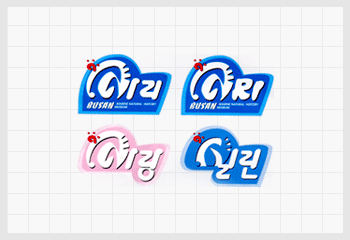
Korean- Representing"0" with an ammonite and "@" mark
English- Expressing it so that "@" inside "0" may be perceived as the letter A
Ari/Arang
In Korean, the great white shark is called " Baeksangari" and the mako shark is called "Cheongsangri", although shark is translated as Sangeo in Korean. In consideration of this fact, we're created "Ari" as the name of the character in order to express shark softly. Also, in order to give a womanlike feeling, the girlfriend of Ari is called "Arang".
Ari
Ari is a great white shark that arrived in the sea near Busan to play, and by chance dropped by the BMNHM and decided to stay here. While going around the museum, he met Arang and had a pleasant time, and met Seelin (coelacanth), who is a living witness to marine natural history, and heard interesting stories regarding the sea from him.
- Character : curious, active, lively and diligent
- Hobby : viewing the museum is his daily task and hobby, but he sometimes goes out to sea for a swim.
- Favorite food : fried squid
Arang
A few days after Ari decided to live in the museum, he met Arang and had a wonderful time. However, since Arang must go home, they don't get together so often. Therefore, Arang looks forward to the days when she is able to go to the museum and play with Ari.
- Character : curious, kind and sweet
- Hobby : viewing the museum, swimming and guiding visitors
- Favorite food : fried squid
Seelin
Seelin is derived from "coelacanth(seel-a-canth) is a living species that was believed to have disappeared 60 million years ago as a primitive fish, but was captured in the sea near Africa in 1938. "Seelin" was created by adding "lin" which gives a sense of uniformity with Ari and Arang. "Seel" to coelacanth(seel-a-canth).
Seelin
As a living witness to marine natural history, he personifies a coelacanth, being created in the image of a village schoolmaster who is old and erudite. He is a benevolent old man like a grandfather, telling Ari and Arang old stories(of marine natural history).
- Character : benevolent and kind, Sometimes strict when he sees people doing something wrong for example touching items, when have "Don't touch" signs on them.
- Hobby : telling old stories to children that visit the museum
- Favorite food : maeuntang(not-pepper fish soup)

